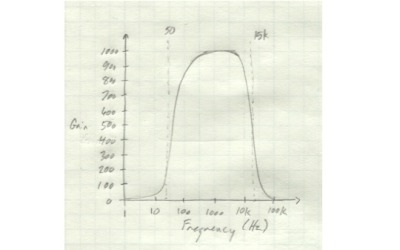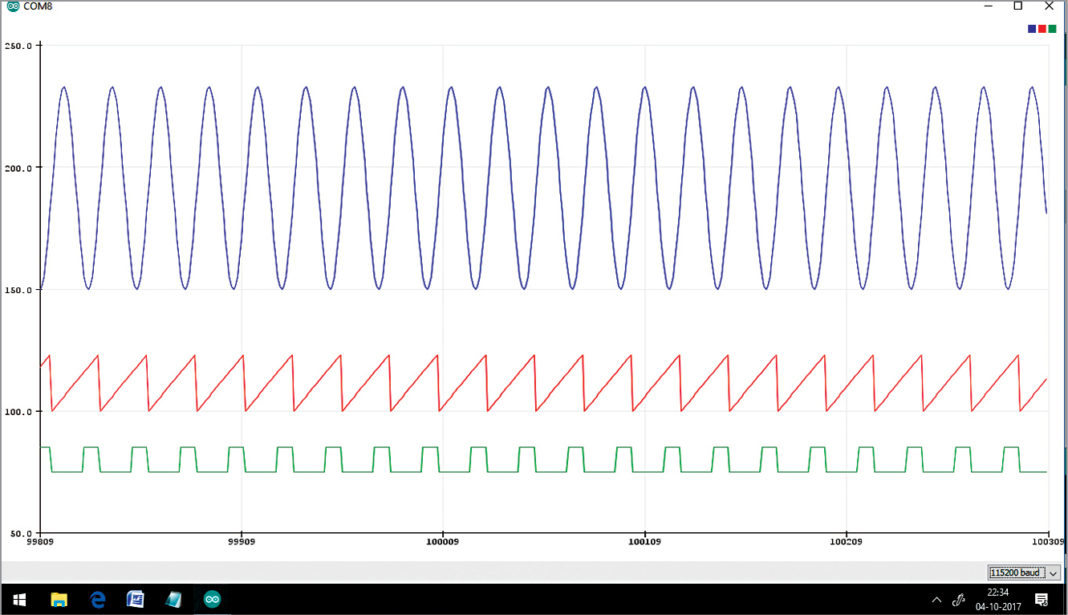

Yet have the features to support the demo. In addition to this, Internet Explorer does not


Please note, we are aware of an issue with the Safari browser which stops the spectrogram from appearing.
Underwater sounds recorded in Glacier Bay.  Xeno-canto - A very large database of bird calls from around the world. Here are some links to sites that have interesting sound files with which you can generate your own spectrograms. This is in contrast to the whistling recording which has a very strong fundamental component,Īnd has only one additional harmonic, indicating that a human whistle is very close to a pure sine wave. The violin recording in particular clearly demonstrates the rich harmonic content for each note played (this appears on the spectrogram as multiple higher frequencies being generated for each fundamental frequency). You can stop the motion by clicking the pause button on the audio player. To view the spectrogram, choose your sound input, then click the play button and the graph will appear on the screen, moving from right to left. Additionally, you can upload your own audio files. Each of these has unique and interesting patterns for you to observe. The demo above allows you to select a number of preset audio files, such as whale/dolphin clicks, police sirens, bird songs, whistling, musical instruments and even an old 56k dial-up modem. The frequency spectrum is generated by applying a Fourier transform to the time-domain signal. This demo shows the signal represented in a different way: the frequency domain. In the oscilloscope demo, the plot shows the displacement of an audio signal versus the time, which is called the time-domain signal. In many ways, this demo is similar to the Virtual Oscilloscope demo, but there is a crucial and very important difference. You can toggle between a linear or logarithmic frequency scale by ticking or unticking the logarithmic frequency checkbox. The darker areas are those where the frequencies have very low intensities, and the orange and yellowĪreas represent frequencies that have high intensities in the sound. The resulting graph is known as a spectrogram. Assuming that a Poisson distribution can model the number of claims, find the probability it receives.The spectrum analyzer above gives us a graph of all the frequencies that are present in a sound recording at a given time. Given the following data 11 15 24 33 10 35 23 25 40 What is P45?Īn insurance company receives, on average, two claims per week from a particular factory. The table saw fit individual dice's wall frequency: Wall Number: 1 2 3 4 5 6 frequency: 8 7 5 11 6 13 Calculate the modus and median of the wall numbers that Radka fell.įind 75th percentile for 30,42,42,46,46,46,50,50,54 The age groups of the employees are: 3 employees aged 52 years, 2 aged 32 years, 1. To which number should the number 4 be changed between the numbers 4,5,7, 1,0,9,7,8, -3,5 to increase these numbers' arithmetic mean by 1.25? The size of pants sold during one business day in a department store is 32, 38, 34, 42, 36, 34, 40, 44, 32, and 34. Out of the 500 adults, the majority of adults (70%) indicated that staying at home was their favorite eveningĪ batsman scored the following number of runs in seven innings 35,30,45,65,39,20,40. 2 4 5 5 7 7 8 8 8 12 What is the IQR?Ī Gallup poll investigated whether adults in Mumbai preferred staying at home or going out as their favorite way of spending time in the evening. The data set represents the number of cars in a town given a speeding ticket each day for ten days. The last value will always equal the total for all observations since the calculator will have already added all frequencies to the previous total. The cumulative frequency is calculated by adding each frequency from a frequency distribution table to the sum of its predecessors.
Xeno-canto - A very large database of bird calls from around the world. Here are some links to sites that have interesting sound files with which you can generate your own spectrograms. This is in contrast to the whistling recording which has a very strong fundamental component,Īnd has only one additional harmonic, indicating that a human whistle is very close to a pure sine wave. The violin recording in particular clearly demonstrates the rich harmonic content for each note played (this appears on the spectrogram as multiple higher frequencies being generated for each fundamental frequency). You can stop the motion by clicking the pause button on the audio player. To view the spectrogram, choose your sound input, then click the play button and the graph will appear on the screen, moving from right to left. Additionally, you can upload your own audio files. Each of these has unique and interesting patterns for you to observe. The demo above allows you to select a number of preset audio files, such as whale/dolphin clicks, police sirens, bird songs, whistling, musical instruments and even an old 56k dial-up modem. The frequency spectrum is generated by applying a Fourier transform to the time-domain signal. This demo shows the signal represented in a different way: the frequency domain. In the oscilloscope demo, the plot shows the displacement of an audio signal versus the time, which is called the time-domain signal. In many ways, this demo is similar to the Virtual Oscilloscope demo, but there is a crucial and very important difference. You can toggle between a linear or logarithmic frequency scale by ticking or unticking the logarithmic frequency checkbox. The darker areas are those where the frequencies have very low intensities, and the orange and yellowĪreas represent frequencies that have high intensities in the sound. The resulting graph is known as a spectrogram. Assuming that a Poisson distribution can model the number of claims, find the probability it receives.The spectrum analyzer above gives us a graph of all the frequencies that are present in a sound recording at a given time. Given the following data 11 15 24 33 10 35 23 25 40 What is P45?Īn insurance company receives, on average, two claims per week from a particular factory. The table saw fit individual dice's wall frequency: Wall Number: 1 2 3 4 5 6 frequency: 8 7 5 11 6 13 Calculate the modus and median of the wall numbers that Radka fell.įind 75th percentile for 30,42,42,46,46,46,50,50,54 The age groups of the employees are: 3 employees aged 52 years, 2 aged 32 years, 1. To which number should the number 4 be changed between the numbers 4,5,7, 1,0,9,7,8, -3,5 to increase these numbers' arithmetic mean by 1.25? The size of pants sold during one business day in a department store is 32, 38, 34, 42, 36, 34, 40, 44, 32, and 34. Out of the 500 adults, the majority of adults (70%) indicated that staying at home was their favorite eveningĪ batsman scored the following number of runs in seven innings 35,30,45,65,39,20,40. 2 4 5 5 7 7 8 8 8 12 What is the IQR?Ī Gallup poll investigated whether adults in Mumbai preferred staying at home or going out as their favorite way of spending time in the evening. The data set represents the number of cars in a town given a speeding ticket each day for ten days. The last value will always equal the total for all observations since the calculator will have already added all frequencies to the previous total. The cumulative frequency is calculated by adding each frequency from a frequency distribution table to the sum of its predecessors. #Frequency graph generator how to
For example:į: 5 10 15 How to enter grouped data?Grouped data are formed by aggregating individual data into groups so that a frequency distribution of these groups serves as a convenient means of summarizing or analyzing the data.į: 5 10 15 How to enter data as a cumulative frequency table?Similar to a frequency table, but instead, f: write cf: in the second line. Each element must have a defined frequency that counts numbers before and after symbol f: must be equal. Write data elements (separated by spaces or commas, etc.), then write f: and further write the frequency of each data item. How to enter data as a frequency table?Simple.








 0 kommentar(er)
0 kommentar(er)
